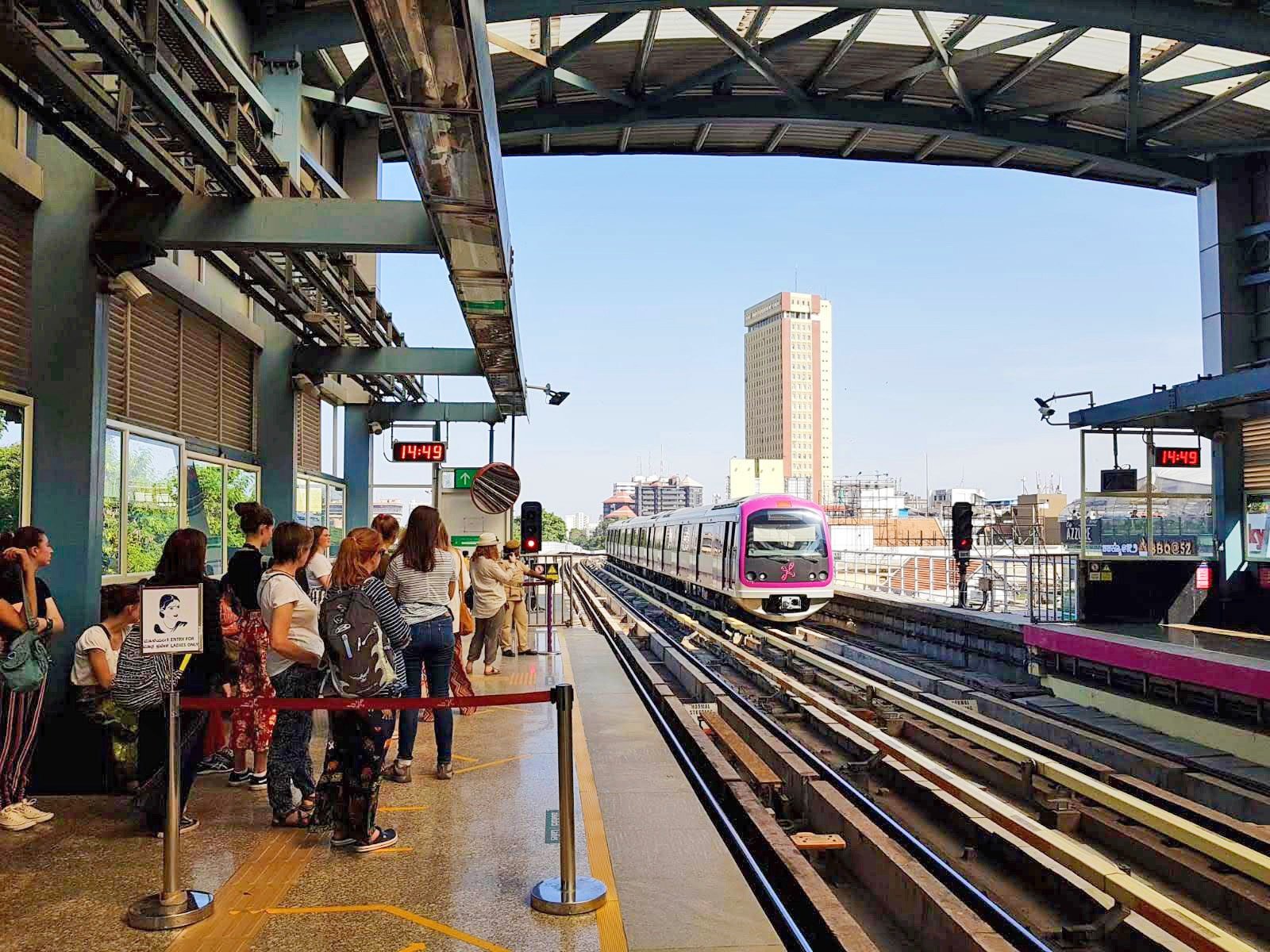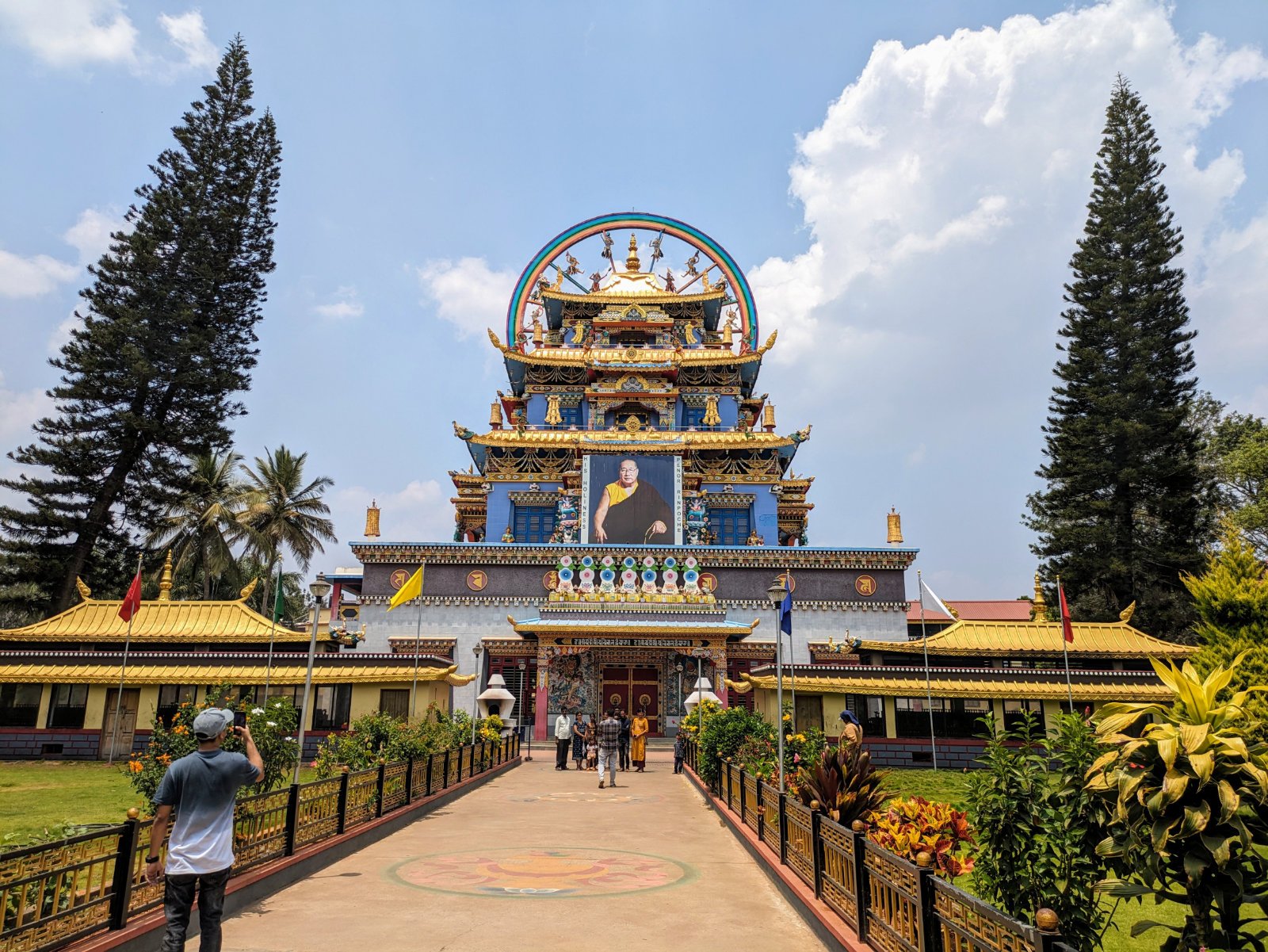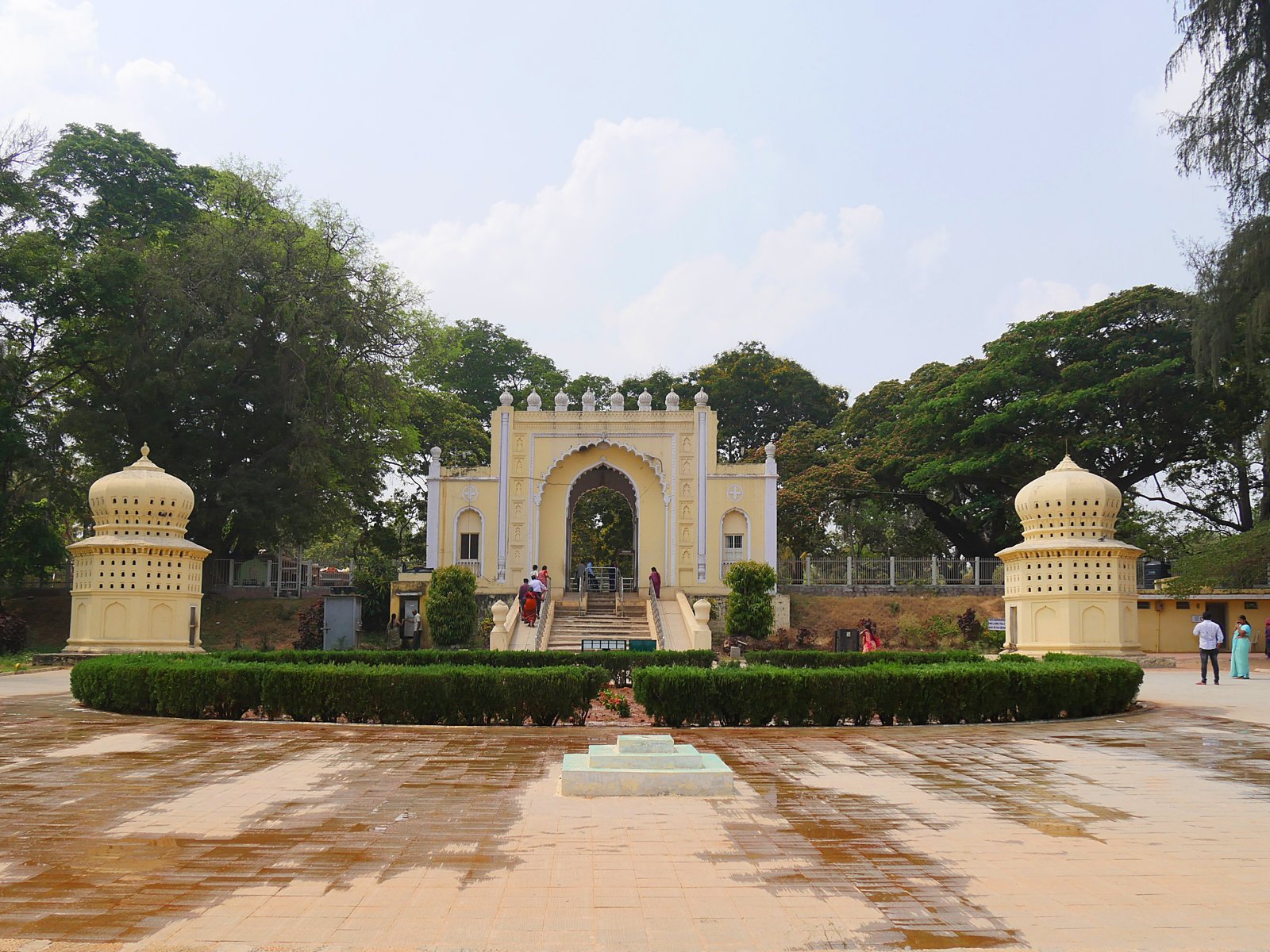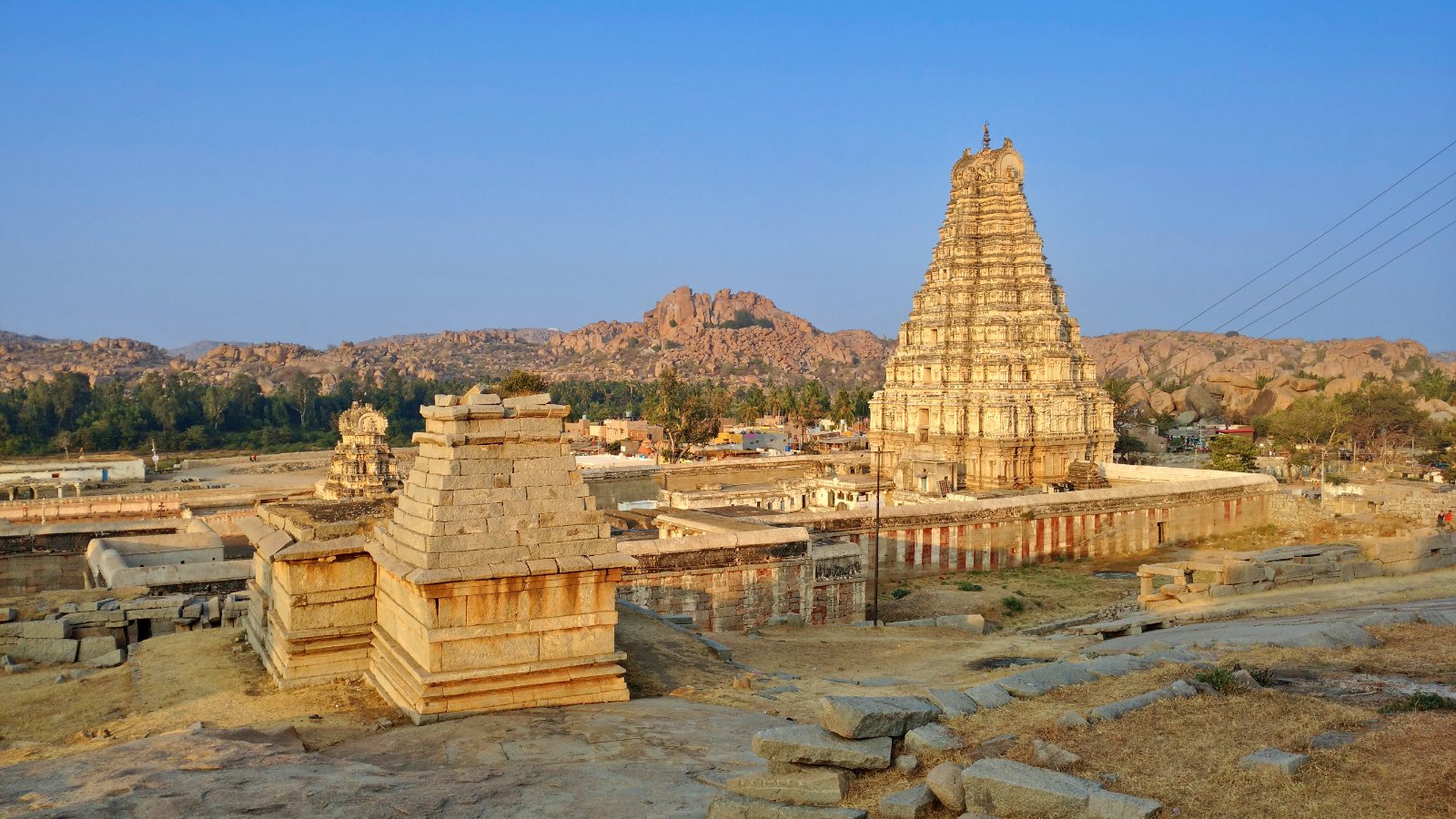The Deccan Plateau
-
Spanning approximately 1.9 million square kilometers, the Deccan Plateau is one of the largest plateaus globally, occupying a significant portion of the Indian subcontinent. Characterized by high elevation, rolling hills, and rugged terrain, it is known for its diverse landscapes and geological features.
-
Primarily composed of ancient volcanic rocks, especially basalt, the Deccan Plateau formed around 100 million years ago when it separated from Africa and collided with the Indian subcontinent. This geological process led to extensive volcanic eruptions that shaped its terrain. The plateau is rich in minerals like silica and iron, contributing to its unique geological composition.
-
The Deccan Plateau experiences a varied climate, ranging from semi-arid to tropical monsoon, influenced by its diverse topography and elevation. During the summer, the region receives vital rainfall from the southwest monsoon, supporting agriculture and sustaining the local ecosystem. However, certain areas, particularly those to the east of the Western Ghats, face dry conditions and sparse vegetation cover due to rain shadow effects, presenting environmental challenges.
Bengaluru
Bengaluru, known as the 'IT hub of Asia' and 'Silicon Valley in India', is grappling with a rapid population surge driven by the IT industry. Despite its advantageous cool climate (1000 meters above sea level) and a high quality of life relative to other parts of India, the city's infrastructure development is lagging behind its exponential growth. The pressing need for development in areas like housing, transportation, water, and sewerage systems is becoming increasingly evident. This urgent situation is posing numerous challenges for Bengaluru and its surrounding rural areas as they transform into a mega city.
Silvepura's landscape, recognised for its vegetable gardens and red fertile soil, relies on tanks and lakes for irrigation. However, these water bodies are rapidly shrinking due to clay mining for brick production. The area features ragi fields, fruit orchards, and marigold cultivation for Bengaluru's flower market. Like many neighbouring villages, Silvepura has undergone rapid changes due to Bangalore's expansion, reflecting broader rural and semi-urban transformations in India. This shift from a traditional village-based agricultural economy to one based on new technology and urban industry provides an interesting case study.
Silvepura
The head of the Gometeswara statue can be seen towering above temple walls atop the granite hill in Sravanabelagola. It is 58 feet tall and is the largest sculpture in the world to be carved from a single monolithic rock. It depicts Bahubali, the last prophet of the Jain tradition, who is believed to have attained enlightenment after meditation on this rock for twelve years. Over centuries, the town has been ruled by various dynasties, gaining cultural significance as a Jain pilgrimage centre with an ancient monastery on the hill opposite it.
Shravanabelagola
Bylakuppe is an unusual town on the Deccan Plateau's edge, backed immediately by the Western Ghats of Coorg. It has a population of 70,000 Buddhists and is the largest Tibetan settlement outside Tibet. The Dalai Lama and over 100,000 followers fled Tibet after China's 1950s occupation. The focal point is Namdroling Monastery, featuring the stunning Golden Temple with three 18m-high gold-plated Buddha statues. The temple comes alive during prayers with gongs, drums, and young monks chanting, offering a mesmerising experience.
Byalakuppe
The Chennakeshava Temple was constructed in the 13th century to honour Lord Vishnu (Chennakeshava) and is entirely crafted in Green schist. It follows the traditional Hoysala style, featuring a star-shaped plan with three shrines arranged around a central hall. The exterior walls and pillars of the temple are covered with intricate stone carvings that depict scenes from Hindu mythology, including animals, gods, goddesses, and epic battles. The temple’s unique stone pillars were turned on a lathe, powered by elephants, and have intricate patterns carved into them. The temple’s interior is equally stunning, its ceilings are decorated with beautiful carved panels depicting banana plant motifs.
Somnathpur
Srirangapatnam, a fort town 16 km from Mysore, is steeped in history. It is built on an island in the Cauvery River and was the seat of power for Hyder Ali and Tipu Sultan, making it the de facto capital of much of southern India in the 18th century. The town's glory ended in 1799 when the British defeated and killed Tipu Sultan. His sword and battle ring are now displayed in the British Museum in London. The fort's ramparts, battlements, and some gates still stand, along with several monuments. The island is now connected to the mainland by bridges.
Srirangapatnam
Over 170 bird species have been recorded here, with many breeding regularly, including the painted stork, Asian open-bill stork, common spoonbill, woolly-necked stork, black-headed ibis, lesser whistling duck, Indian shag, stork-billed kingfisher, three species of egret, cormorant, Oriental darter, and three species of heron. The great stone plover and river tern also nest here. The park hosts a large flock of streak-throated swallows. The best season to visit the sanctuary is from November to June. About 50 breeding pelican pairs have made Ranganathittu their permanent home. During certain winter months, up to 40,000 birds, including some from Siberia, Latin America, and northern India, congregate here. In June 2011, about 8,000 nestlings were sighted, underscoring Ranganathittu's importance as a nesting site.
Ranganathittu
Mysuru, located between the Kaveri and Kabini rivers in south Karnataka,was the regions former capital. After the British defeated Tipu they restored the Wodeyar dynasty, constructing a palace with steel from Birmingham and stained glass from Glasgow. Renowned for its cultural heritage and majestic palaces, Mysore hosts the grand Dusehra festival, highlighted by elephants. Despite Bengaluru's growth, Mysuru retains cultural significance, and is a major tourist destination for its historic architecture, vibrant markets, and lush landscapes fed by rivers from the Western Ghats. It thrives as a hub for traditional industries such as silk weaving and sandalwood carving.
Mysuru
The Tungabadhra River cuts through the rocky terrain of Hampi’s landscape, creating a fertile valley associated with poplar mythology for centuries. Hindus believe gods and heroes left their mark here. Named after the goddess Pampa, who embodied the river, Hampi is linked to the Ramayana. Anjannaya Hill, believed to be Hanuman’s birthplace, is considered a holy place. Amidst ruins and granite boulders, Hampi reveals remnants of Vijayanagar, an empire capital that spanned the Arabian Sea to the Bay of Bengal. Once one of the world’s grandest cities, the ruins of Hampi now echo ancient tales within its temples, monuments, and the remains of a mighty fort.










